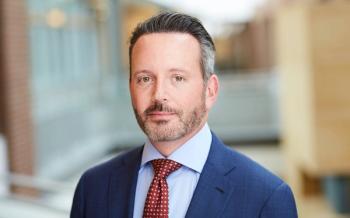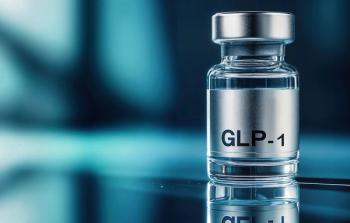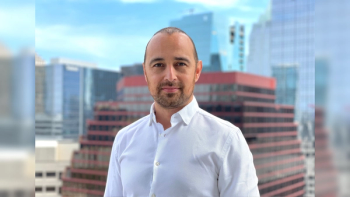
Coya Therapeutics CEO Discusses Next Steps Amid Positive Results from Coya 302 Trial for ALS Treatment
In an interview with Pharm Exec Associate Editor Don Tracy, Howard Berman, Chairman, CEO, Coya Therapeutics offers a preview on what the nexts steps are after presenting positive data on Coya 302 for the treatment of ALS.
PE: After this trial, what are the next steps regarding your use of the biomarker in treating ALS?
Berman: Typically, the biomarker that companies use is called neurofilament light chain, which is a structural measure of degeneration of the axon, and you can measure it in the blood. But it's not a great measure, because if you have someone who has trauma, traumatic brain injury, or concussion, you'll still see high levels of NFL, so it's just more of a measure of the dysfunction of the axon. Now, we have discovered through multiple trials that free radicals in particular, is heightened in patients. In fact, it is strongly correlate of of survival. One could actually measure the patient's blood and get a level of 4HNE in the blood. I could predict with a high degree of certainty if the patient will be alive or dead within 24 months. The sensitivity on that is over 90%, which means there's a 90% likelihood of this event being predictably true. We've been able to do a longitudinal study, we did it initially in 50 patients. Now, we've done it in 100 patients and data will be presented there as well. It's been validated in our hands. We're going to work with the FDA on this in terms of future breakthrough designation. Our thesis is that, yes, it's a predictive biomarker survival, but it's also a marker that if you can lower and you can show that you're lowering the surrogate marker, it would be used as evidence that the treatment is efficacious and working.
Newsletter
Lead with insight with the Pharmaceutical Executive newsletter, featuring strategic analysis, leadership trends, and market intelligence for biopharma decision-makers.





